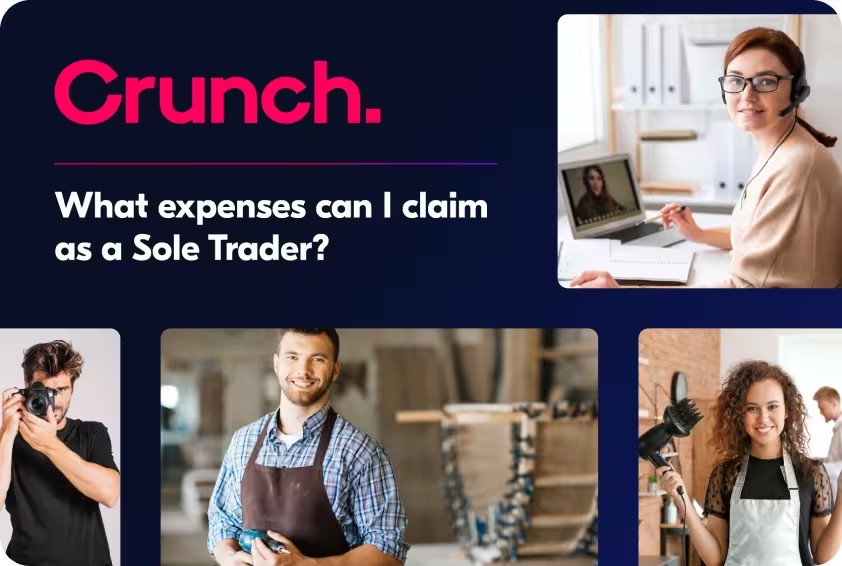The VAT reverse charge for construction services, introduced on 1st March 2021, altered the way many VAT-registered businesses in the Construction Industry Scheme (CIS) operate, particularly in how they account for and invoice for VAT.
The rules can be complex, and it's crucial to understand what they mean for your business's sales invoices and VAT returns. HMRC updated its detailed guidance on the topic in April 2025, providing further clarification for businesses.
What is the VAT reverse charge?
The VAT reverse charge is an accounting mechanism designed to combat tax fraud in the construction sector. It shifts the responsibility for paying VAT to HMRC from the supplier to the customer.
Under normal VAT rules, the supplier charges VAT to their customer and then pays that VAT to HMRC. With the reverse charge, the customer receiving the construction services pays the VAT directly to HMRC on the supplier's behalf. The customer accounts for this by declaring the VAT amount as both output tax (money owed to HMRC) and input tax (VAT they can reclaim) on the same VAT return.
How are the new rules applied?
The new rules apply to standard rate VAT or reduced-rate construction services provided by VAT registered businesses. The reverse charge doesn’t apply to supplies of services which are zero-rated, such as the construction of housing. If you don’t make an onward supply of construction services, you won’t have an end-customer and normal VAT rules apply.
By way of example, a Housing Association (that has contracted a building company to construct apartments) won’t be making any onward supply of construction services so normal VAT rules will apply between the building company and the Housing Association.
If invoices have both CIS and non-CIS registered supplies, the reverse charge applies to the whole invoice amount.
A typical situation where the reverse charge applies is where a sub-contractor makes a supply of services to a customer (or contractor) who then makes an onward supply of the same construction services to an end-customer. A typical supply chain is shown below. All parties in the chain are VAT registered. When the end-customer confirms they are the end of the supply chain, normal VAT rules apply.

How does this affect me?
That depends on your position in the supply chain highlighted above. You can use the following flowchart to work out if you should apply the reverse charge or whether normal VAT rules apply.

What do I have to do?
If you are a subcontractor
When invoicing a VAT-registered customer for services covered by the reverse charge, you must not charge VAT. Your invoice total will be the net amount for the services provided.
However, your invoice must clearly state that the reverse charge applies and show the amount of VAT your customer needs to account for (e.g., "Reverse charge: Customer to pay the VAT to HMRC").
On your VAT return, you should include the net value of the sale in Box 6 (total value of sales) but leave Box 1 (VAT due on sales) blank for this transaction.
If you are a main contractor
When you receive an invoice subject to the VAT reverse charge from a subcontractor, you are responsible for accounting for the VAT.
On your VAT return, you must account for the VAT amount stated on the invoice as output tax in Box 1. You can then reclaim the same amount as input tax in Box 4, subject to normal VAT rules. The net value of the purchase should be recorded in Box 7 (total value of purchases).
The overall effect on your VAT liability is neutral, as the output VAT you declare is cancelled out by the input VAT you reclaim.
{{ltd-guide}}
Other matters
It may be possible to be a subcontractor on one project and a main contractor on another, so you need to consider the VAT status of your services for each construction project you work on.
If you’re currently on the Flat Rate VAT Scheme and the majority of your supplies are affected by the VAT reverse charge, you might want to consider changing to the Standard VAT scheme as:
- The Flat Rate Income amount will be reduced, possibly to nil
- You’ll be losing the opportunity to reclaim input VAT on expenses.
We recommend that you speak to an accountant or specialist tax advisor if you believe the new reverse charge VAT rules apply to your business and you have any questions about what you need to do.
Not a Crunch client?
No problem, all our paying clients get unlimited access to tax experts and accountants for all their questions. So if you aren't a Crunch client then you're missing out. Book a free consultation with our experts today to see how we can help you save time, tax and money!


.svg)

.svg)



.webp)







.avif)







